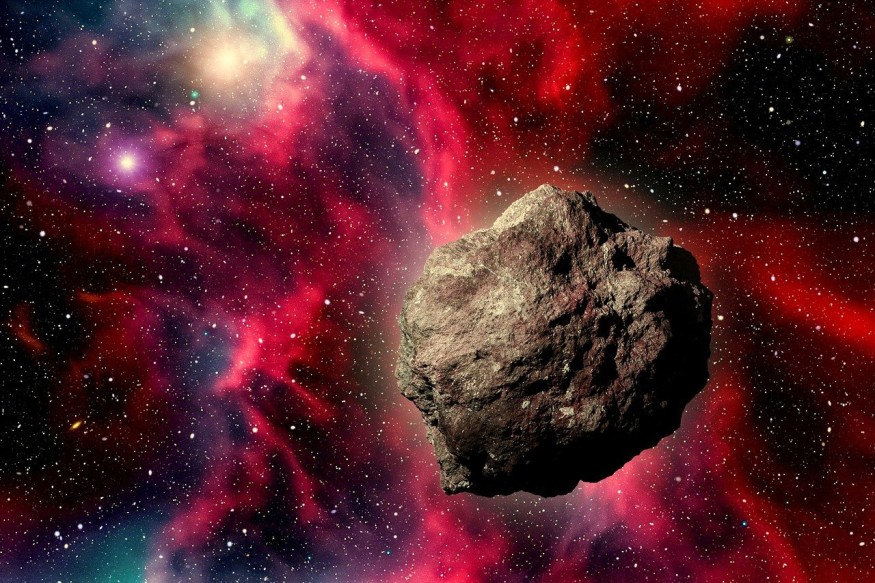While the concept of converting asteroids into rotating space habitats has been around, its technological distance has limited its exploration. Consequently, the idea has not gained significant focus over time.
Nevertheless, if someone is retired and possesses a latent curiosity about space habitats, crafting a thorough strategy for asteroid conversion appears to be a valuable way to spend time. That is what retired engineer David W. Jensen did by devising an effective plan for transforming asteroids into space habitats.

Choosing the Right Asteroid to Convert Into a Space Habitat
In a 65-page paper, titled "Autonomous Restructuring of Asteroids into Rotating Space Stations" published on the arXiv preprint server, Jensen discussed the details of his proposed relatively inexpensive and feasible plan to convert asteroids into space habitats.
In the paper, Jensen divides the discourse into three primary sections: picking a suitable asteroid, selecting the habitat style, and devising the mission strategy, including robotic choices.
The selection of an appropriate asteroid primarily revolves around identifying the optimal candidate for conversion into a rotating space habitat. Factors considered involve the asteroid's composition, its distance from Earth, measured by "delta-V" or required energy for arrival, and its overall dimensions.
Following a thorough selection process, Jensen opted for a standout contender: Atira. This S-type asteroid, which has an asteroid class named in its honor, boasts a diameter of roughly 4.8 km and is accompanied by a nearby companion asteroid measuring around 1 km in diameter.
Despite not being the closest potential candidate and even with its closest approach at about 80 times the lunar distance, Atira's stable orbit within the Solar System's "Goldilocks zone" is pivotal for ensuring the consistent internal temperature of the envisioned habitat.
Choosing the Habitat Style
The subsequent phase involves designing a complex habitat: a city-sized, Earth-like gravity environment on the asteroid. Gravity, or "artificial gravity," generated by centripetal force, is a pivotal factor. Jensen highlights the drawbacks of prolonged exposure to low gravity, emphasizing the need for simulated gravity as a substitute.
To achieve centripetal force and simulate Earth-like gravity, the asteroid station must be rotated, requiring increasing its existing rotation speed.
Jensen emphasized that determining the ideal habitat structure for the transformation is crucial. So, he evaluated four prevalent options: the dumbbell, sphere, cylinder, and torus. In the end, he chose the torus or donut shape, substantiated by intricate calculations.
Formulating Mission Strategy: Making a Space Habitat
Jensen proposes building the massive habitat using self-replicating spider robots and a base station, leveraging advanced components from Earth and asteroid resources. The estimated weight for initial equipment is 8.6 metric tons, sent via a seed capsule, capable of self-replicating on the asteroid.
The projected cost of $4.1 billion, significantly less than NASA's Apollo program, could yield a space habitat offering 1 billion square meters of land. The construction timeline of 12 years is relatively short, with additional time required for air and water filling and temperature regulation. These costs align with billionaire space enthusiasts' budgets, potentially sparking a race to create an artificial gravity habitat.
RELATED ARTICLE: Future Cities Inside Asteroids Proposed in the Most Bizarre Concept Yet for Colonising Space
Check out more news and information on Space in Science Times.











